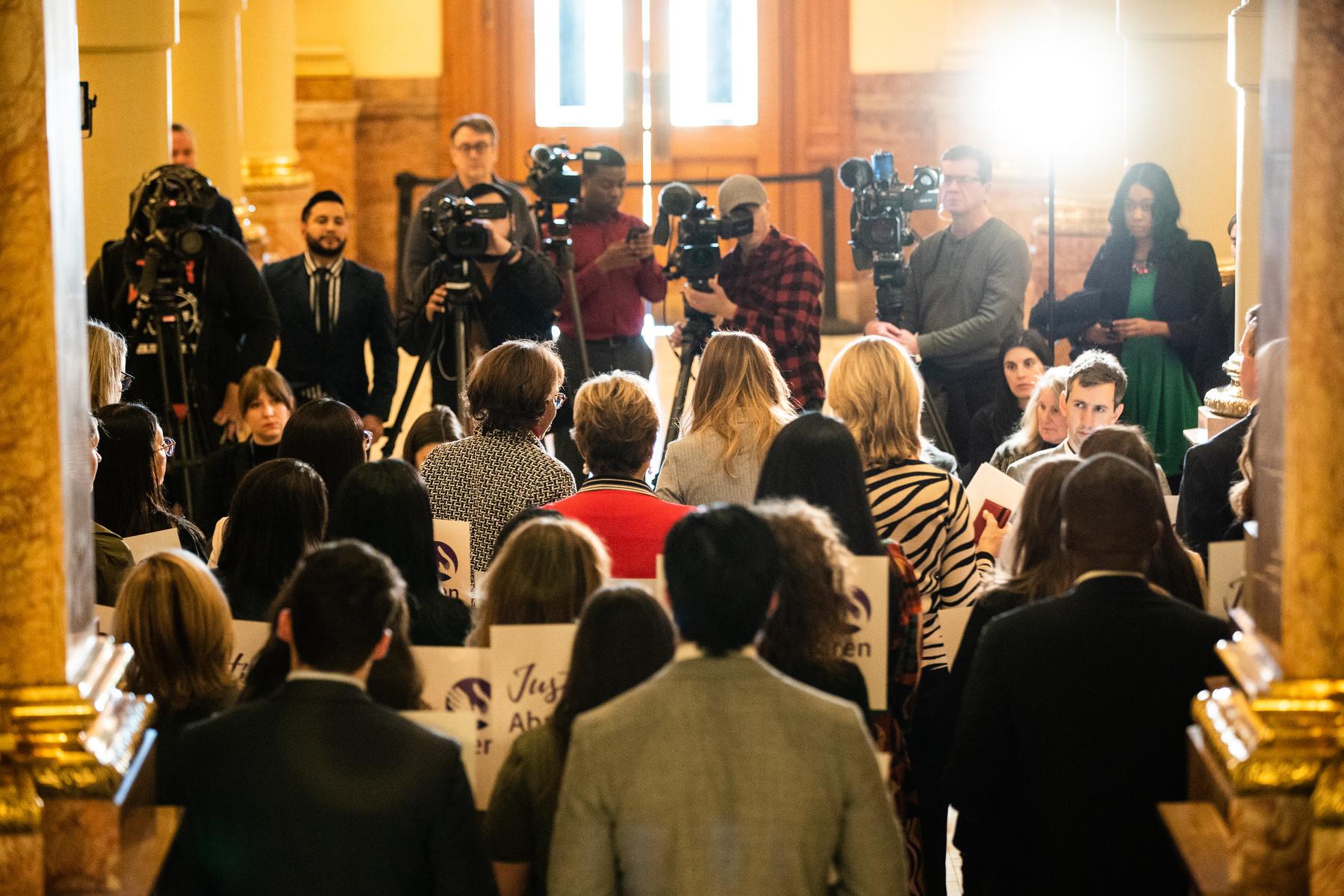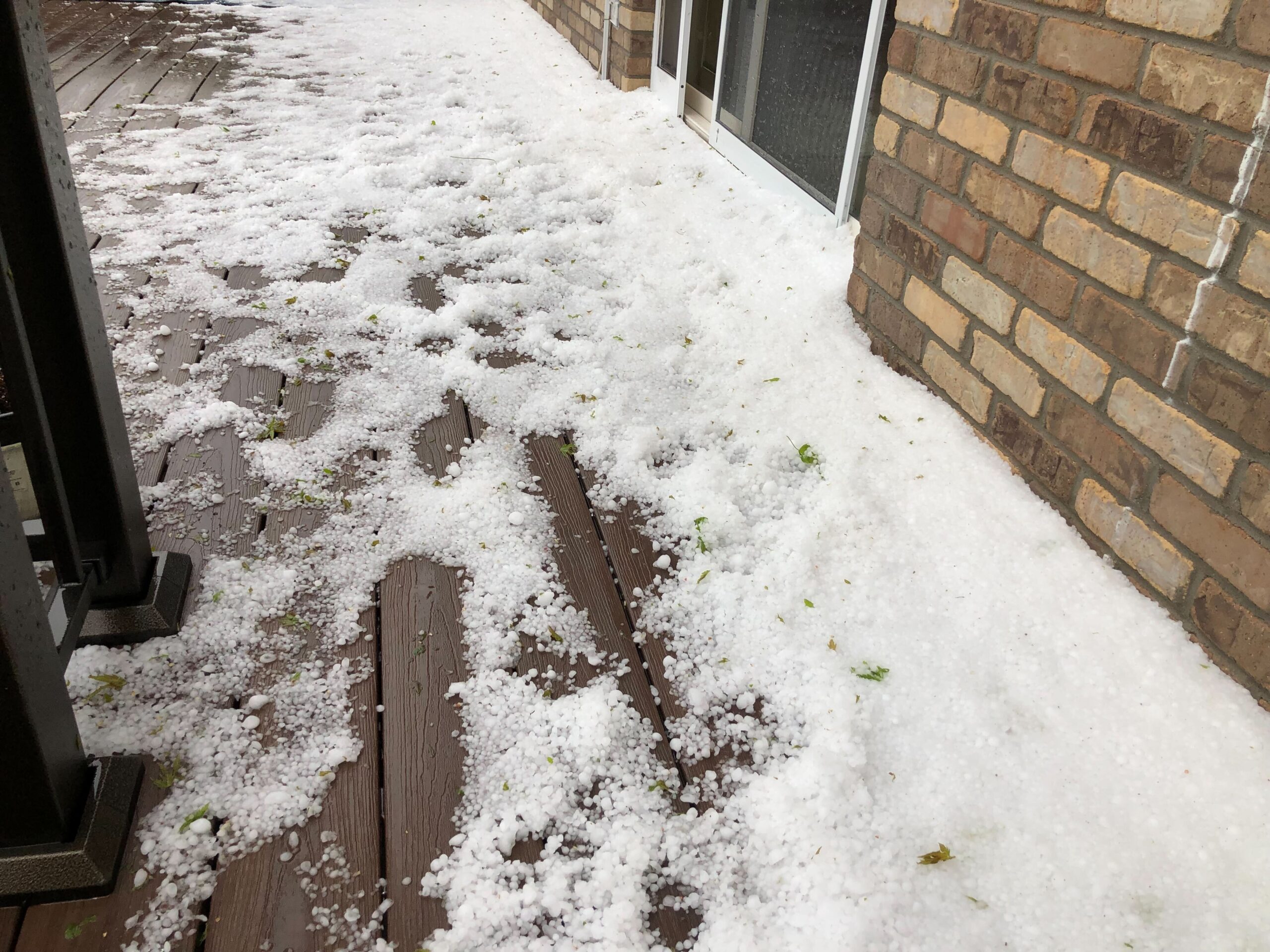
When creating music videos, Colorado-based multidisciplinary artist Laura Goldhamer revels in “visual percussion" -- for example, those moments in her new video for Gregory Alan Isakov’s song “Amsterdam” when the audible snap of a snare drum or the strum of a guitar coincide with the visual flicker of a light, the appearance of a paint stroke, or the rotation of a clock hand.
“I think music videos really reach out in a different sensory spectrum to really hit you with both sound and image,” Goldhamer says.
Goldhamer and a team of collaborators -- including Buena Vista-based artist Brynn Ronning and Denver-based photographer Michelle Christiance -- set up shop in Isakov’s Boulder County farm house. They worked for around a month and a half to complete the new stop-motion animated film.
The finished result was recently featured on NPR's website. NPR Music's Bob Boilen called the music video "a glorious piece of stop-motion animation."
Isakov "let go of the reins"
While Isakov rarely releases music videos, the Colorado singer-songwriter turned to Goldhamer after watching her video for the track “One Day the River” by the San Francisco-based singer-songwriter Sean Hayes.
“I think she’s doing things that are aesthetically amazing and that I’ve really connected with,” Isakov says.
The musician handed creative control over to Goldhamer while he was mostly away on tour.
"I’m usually pretty aesthetically involved in the stuff we put out there," Isakov says. "But I got to let go of the reins."
Goldhamer’s effort features thousands of still photographs as well as some live-action video.
The song’s lyrics inspired many of the visuals. The loose narrative follows a paper-cutout Isakov as he uses his guitar as an oar to paddle along the canals of Amsterdam. Eventually the animated character, whom we only ever see from behind, finds his way into a building that’s part cathedral, part train station.
Besides the image of the guitar, the director incorporated additional symbols into the fabric of her film that carry personal significance for her, such as musical instruments, flowers and the wind.
“In terms of making these sorts of animated movies, it’s pretty painstaking,” Goldhamer says. “But I didn’t find this to be painful. I wouldn’t do a project like this for any song that I didn’t derive a deep meaning from.”
YouTube views ≠ sales
When music videos rose to prominence after the launch of MTV in 1981, artists embraced the format as a means of creative expression and as a way to sell more albums, Craig Marks, co-author of “I Want My MTV” and former SPIN Magazine editor, says.
In addition to catapulting the likes of Madonna and Michael Jackson to superstar status, MTV also provided airtime for certain musicians -- most notably British new wave bands -- who couldn’t get radio play, Marks says.
But the golden age of MTV as the go-to source for 24/7 music videos -- as well as a career launchpad for such film directors as David Fincher, Michael Bay, Spike Jonze -- is long gone.
And although digital technology has made it easier for up and coming artists to shoot and disseminate their own videos, the massive proliferation of content on sites like YouTube and Vimeo has made it harder for musicians' work to rise above the din of the Internet to reach new fans.
“Today it’s much much less about discovery,” Marks says. “But artists have to do whatever they can to help promote their careers, because record sales aren’t what they used to be.”
But, Marks adds, YouTube views don’t guarantee music sales.
“How far it can go still probably has more to do with the song and the artistry than it does the music video,” Marks says.
View some other recent music videos by Colorado artists and read Laura Goldhamer's commentary on the works via Colorado Public Radio's OpenAir.









